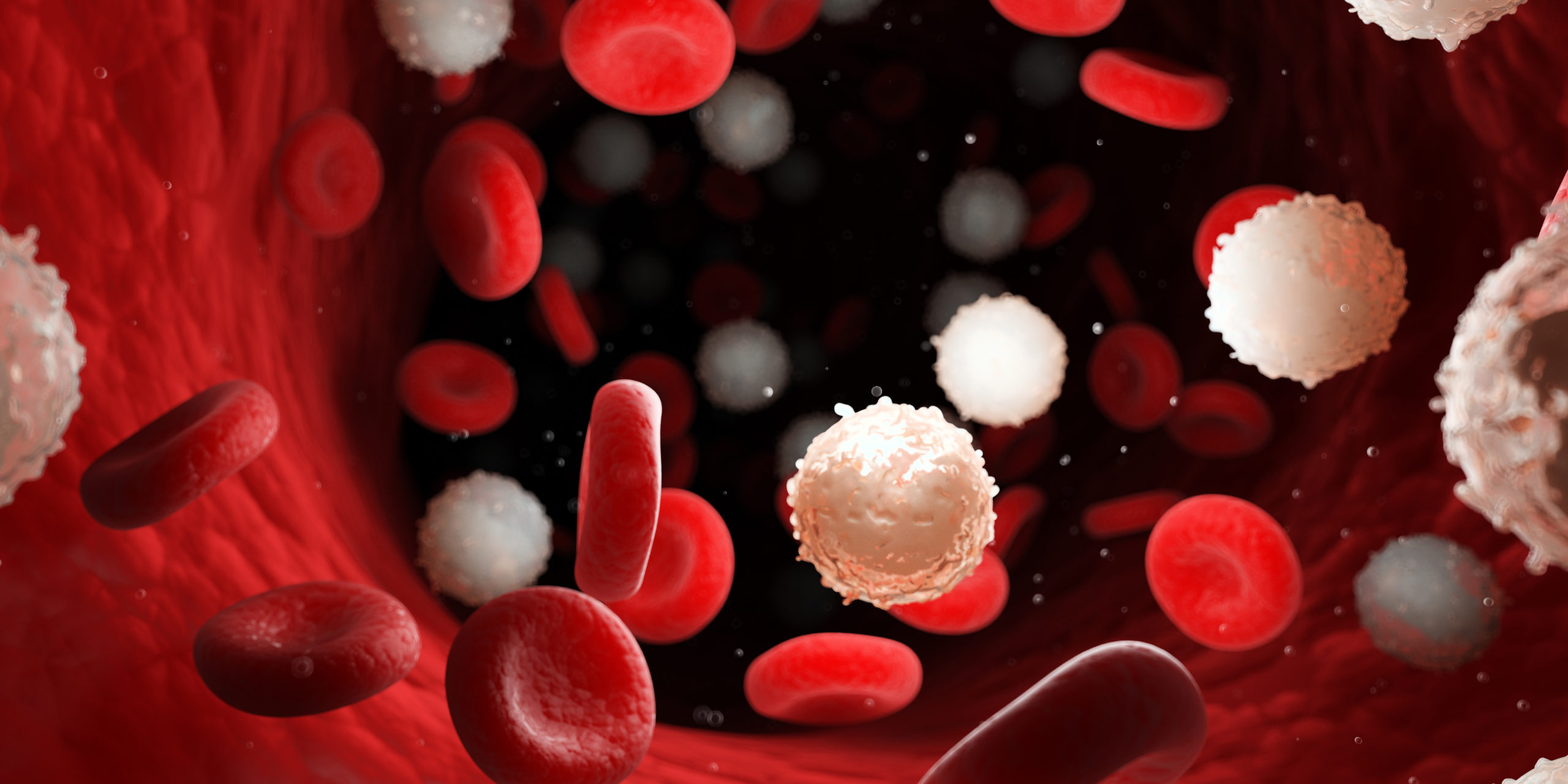
Waldenström macroglobulinemia (WM) is a rare blood malignancy characterized by abnormal white blood cells in the bone marrow. A presentation at the annual conference of the Hematology/Oncology Pharmacy Association reviewed essential information about the condition so that attendees could better understand treatment selection and supportive care.
WM is rare, accounting for only about 1% of non-Hodgkin lymphomas. It’s more common in men (9.2 cases per million versus 3.0 cases per million), and the median age at diagnosis is 72 years.
The disease involves lymphoplasmacytic lymphoma (LPL), infiltration of bone marrow, and presence of IgM monoclonal protein, explained Donald C. Moore, PharmD, BCPS, BCOP, DPLA, pharmacist clinical coordinator in hematology/oncology at Levine Cancer Institute, Atrium Health, in North Carolina. WM has a unique clinical presentation, often including:
- circulating monoclonal IgM paraprotein
- central nervous system involvement, referred to as Bing-Neel syndrome
- lymphadenopathy or splenomegaly
- peripheral cytopenia
- upon initial presentation or relapse, B-symptoms (fever, night sweats, and loss of more than 10 percent of body weight over six months)
Patients also may present with IgM-related complications such as hyperviscosity syndrome, cryoglobulinemia, cold agglutinin disease, peripheral neuropathy, amyloidosis, or acquired von Willebrand disease.
Several treatment options are available, most involving rituximab. But because WM is a rare disease, there is a lack of randomized, controlled trials to compare treatment regimens and establish a gold standard of care. Dr. Moore recommended that clinicians and pharmacists consider several patient-specific characteristics when deciding upon treatment:
- anticipated toxicities of treatment
- characteristics of disease at presentation
- preference of the patient and the provider
- genomic testing (whether the patient has a MYD88 or CXCR4 gene mutation)
Some of the most recent treatment options to become available and approved are BTK inhibitors ibrutinib in 2015 and zanubrutinib in 2021. However, he cautioned that their efficacy can be affected by MYD88/CXCR4 genotyping, and he offered treatment algorithms that take gene mutations into account.
Finally, the presenter offered insights into complications of WM and its treatment, which pharmacists can help recognize and alert treating physicians. They include hyperviscosity syndrome (HVS), which may manifest as generalized fatigue, light-headedness, dizziness, stroke, epistaxis, visual disturbances from retinal hemorrhage, and gingival bleeding. Other potential complications are IgM flare after rituximab treatment, IgM neuropathy, amyloidosis, cold agglutinin disease, and acquired von Willebrand disease.







 © 2025 Mashup Media, LLC, a Formedics Property. All Rights Reserved.
© 2025 Mashup Media, LLC, a Formedics Property. All Rights Reserved.